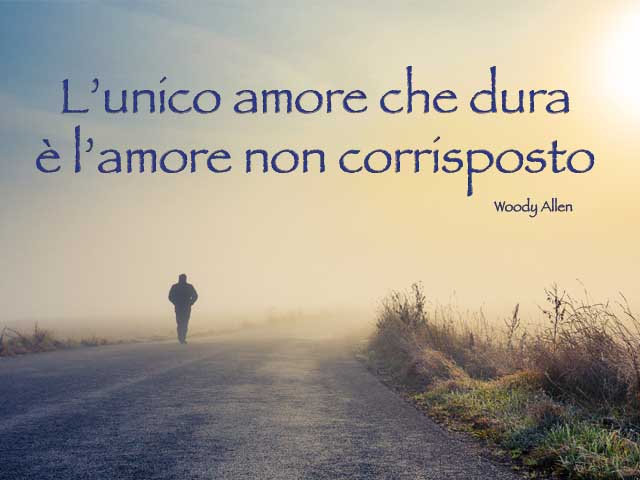
L’unico amore che dura
è l’amore non corrisposto.
The only love that lasts is unrequited love.
– Woody Allen
Avete sentito parlare di Heathcliff e Cathy. Conoscete già le storie di Rossella O’Hara e Ashley Wilkes, Nonché di Dante e Beatrice. Potreste anche conoscere l’amore di Charlie Brown per la ragazza dai capelli rossi. Ma conoscete la storia di Laura e Petrarca?
You’ve heard of Heathcliff and Cathy. You already know the stories of Scarlett O’Hara and Ashley Wilkes, as well as Dante and Beatrice. You may also be familiar with Charlie Brown’s love for the Little-Red-Haired Girl. But, are you familiar with the story of Laura and Petrarca?
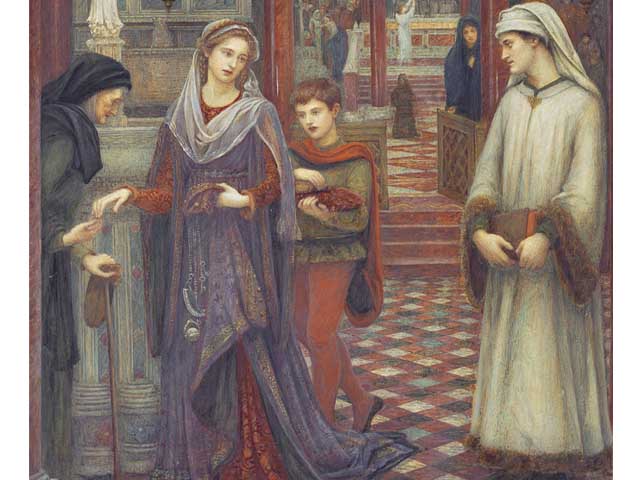
La loro storia, proprio come le altre, è una storia d’amore non corrisposto. D’amore trovato, e mai espresso direttamente. Il tipo di amore che porta gioia indicibile e desiderie insopportabili alla persona che ama così profondamente, e allo stesso tempo angoscia e dolore strazianti perché è impossibile conciliare I due.
Their story, much like the others, is a story of unrequited love. Of love found, but never directly expressed. It is the kind of love that brings unspeakable joy and unendurable desires to the person loving so profoundly, and at the same time heartbreaking anguish and sorrow because it is impossible to reconcile the two.
Com’è possibile affrontare l’onere dell’amore impossibile da ottenere? L’arte, ovviamente!
How to deal with the burden of love impossible to obtain?
Why art, of course!
Poeti e artisti, che soffrono di questa condizione, si rivolgono alla scrittura e alla pittura per placare ed esprimere le loro emozioni. È un processo catartico, oltre che un modo per creare un legame emotive con la persona amata, nonché un “palcoscenico” su cui possono liberamente parlare delle loro complicate emozioni. Nel caso di Petrarca, scrisse letteralmente il libro sull’infatuazione, scrivendo più di 300 sonetti dedicati al suo oggetto di passione “Laura.” I soi versi, presto diedero origine a un’intera generazione di imitatori in tutta Euorpa, in particolare in Inghilterra, dove le sue poesie romantiche hanno ispirato I grandi cicli del sonetto d’amore di William Shakespeare, Sir Philip Sidney e Edmund Spenser.
Poets and artists, suffering this condition, turn to writing, and painting to assuage and express their passionate emotions. It is a cathartic process, as well as a way to create a “safe” emotional bond with their beloved as well as a “stage” upon which they can freely talk about their complicated emotions. In the case of Petrarca, he literally wrote the book on infatuation, penning more than 300 Italian sonnets dedicated to his object of passion “Laura.” His verses soon gave rise to a whole generation of imitators all over Europe, particularly in England, where his romantic poems inspired the great love-sonnet cycles of William Shakespeare, Sir Philip Sidney, and Edmund Spenser.
L’uomo che ha iniziato il Rinascimento
Italiano era un pazzo malato d’amore
The man who began the Italian Renaissance
was a love-sick fool!
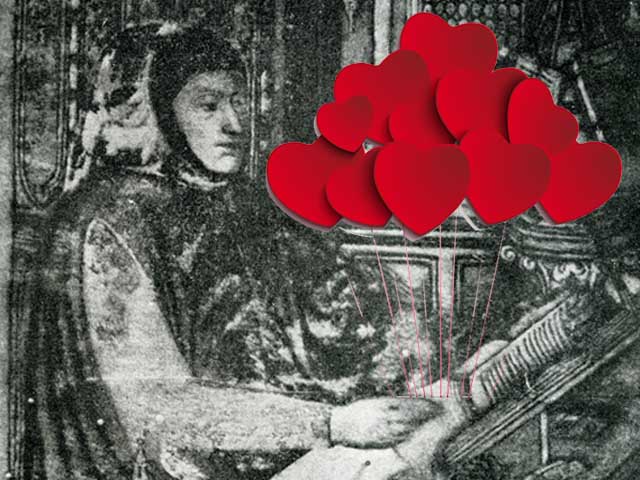
Nato ad Arezzo, nel 1304, Petrarca dopo aver rifiutato la carriera di avvocato, si dediò invece alla scrittura e agli studi umanistici. Dopo aver riscoperto le lettere di Cicerone e averle tradotte, gli viene attribuito il merito di aver iniziato il Rinascimento italiano del XIV secolo. Per mettere la sua vita nel contest, Dante era un amico del padre di Petrarca e Boccaccio era uno dei suoi amici intimi. In un momento in cui la maggior parte delle persone non ha mai lasciato le proprie case, Petrarca ha viaggiato molto in Europa e, poiché ha viaggiato per piacere, è considerate il primo turista.
Born in Arezzo, Italy in 1304, Petrarca after rejecting a career as a lawyer, turned instead to writing and humanist studies. After having rediscovered Cicero’s letters and translated them, he is credited with initiating the 14th-century Italian Renaissance. To put his life in context, Dante was a friend of Petrarca’s father and Boccaccio was a close personal friend. In a time when most individuals never left their homes, Petrarca traveled widely in Europe, and because he traveled for pleasure, he is considered the first tourist.
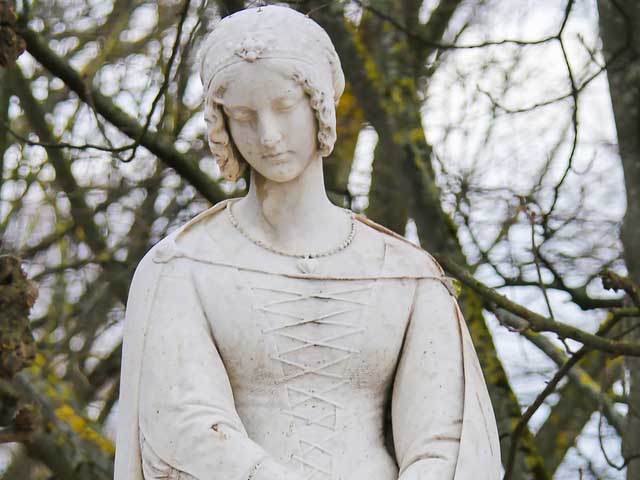
Petrach’s Laura
Chi era questa Laura e dove
l’aveva incontrata Petrarca?
Who was this Laura and where did Petrarca meet her?
È documentato che Petrarca ha visto per la prima volta Laura, il 6 aprile 1327 nella chiesa di Sainte-Calire d’Avignon, dopo la Messa di Pasqua. La vera identità di Laura non è certa, poiché Petrarca non menziona mai il suo cognome. La descirve solo come: bella da vedere, bionda, modesta e dignitosa. Si presume che la misteriosa Laura, fu la moglie del conte Hugues de Sade (un antenato del Marchese de Sade). Se in effetti l’oggetto degli affetti di Petrarca è Laura de Sade – la donna era sposata all’età di 15 anni e, quando Petrarca la vide, era già moglie e madre di diversi figli
It is documented that Petrarca first caught sight of Laura, on April 6, 1327, in the church of Sainte-Claire d’Avignon, after Easter Mass. The true identity of Laura is not certain, as Petrarca never mentions her last name. He only describes here as lovely to look at, fair-haired, modest, and dignified in bearing. It is surmised the mysterious Laura, was the wife of the Count Hugues de Sade (an ancestor of the Marquis de Sade). If indeed the object of Petrarch’s affections is Laura de Sade — the woman was married at the age of 15, and by the time Petrarca saw her, was already a wife and mother of several children.
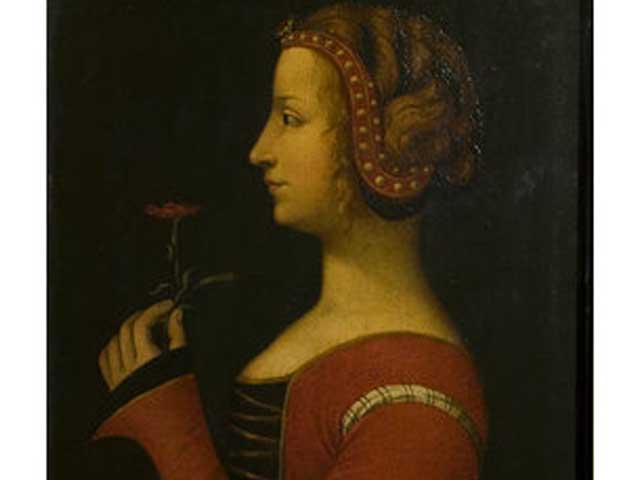
Indipendentemente da ciò, Petrarca sarebbe perseguitato dalla sua bellezza per il resto della sua vita, nonostante la sua scomparsa all’età di 38 anni nell’anno 134, il 6 aprile, Venerdì Santo, esattamente 21 anni all’ora in cui Petrarca la vide per la prima volta. Non ci sono dati sulla causa della morte di Laura, ma è stato probabilmente dovuto alla peste o alla tubercolosi polmonare derivante da undici parti.
Regardless, Petrarca would be haunted by her beauty for the rest of his life, despite her passing away at the age of 38 in the year 1348, on April 6th, Good Friday, exactly 21 years to the very hour Petrarca first saw her. There are no records as to the cause of Laura’s death, but it was mostly likely due to the plague or possibly pulmonary tuberculosis resulting from eleven childbirths.
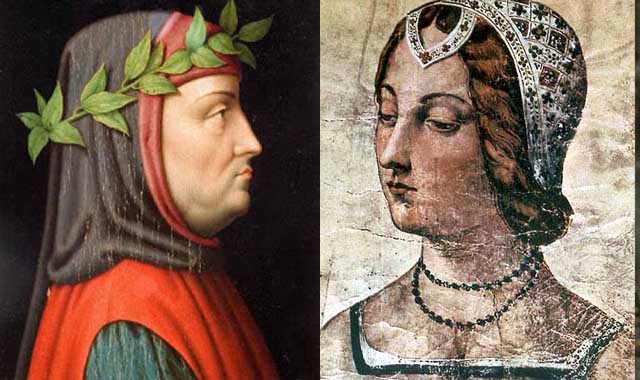
Ah, amare così profondamente e così intensamente! Per alcuni, potrebbe essere una maledizione che li spinge alla disperazione. Ma Petrarca, invece di sprofondare nell’oblio, torturato da una donna introvabile, ha trasformato I suoi sentimenti appassionati in un dono per l’eternità. Ha scritto il Canzoniere — canzoni d’amore per Laura e ora il amore di Petrarca per una donna molte speciale vive attraverso I suoi sonetti, e loro due non mai uniti ai loro tempi – vivono insieme per sempre nell’arte, nelle strofe delle sue poesie.
Ah, to love so deeply and so intensely! For some, it could be a curse driving them to despair. But, Petrarca, instead of pining away and sinking into oblivion, tortured by an unobtainable woman, turned his passionate feelings into a gift for all eternity to enjoy. He wrote the Canzoniere — love songs to Laura and now Petrarch’s love for one very special woman lives on through his sonnets, and the two of them never united in their own time — live together forever in art, in the stanzas of his poems.
Love sonnet to Laura
Quando fra l’altre donne ad ora ad ora Amor vien nel bel viso di costei,
quanto ciascuna è men bella di lei
tanto cresce ‘l desio che m’innamora.
I’ benedico il loco e ‘l tempo et l’ora
che sí alto miraron gli occhi mei,
et dico: Anima, assai ringratiar dêi
che fosti a tanto honor degnata allora.
Da lei ti vèn l’amoroso pensero,
che mentre ‘l segui al sommo ben t’invia, pocho prezando quel ch’ogni huom desia;
da lei vien l’animosa leggiadria
ch’al ciel ti scorge per destro sentero, sí ch’i’ vo già de la speranza altero.
When Love within her lovely face appears now and again among the other ladies, as much as each is less lovely than she the more my wish I love within me grows.
I bless the place, the time and hour of the day that my eyes aimed their sights at such a height, and say: ‘My soul, you must be very grateful
that you were found worthy of such great honor.
From her to you comes loving thought that leads, as long as you pursue, to highest good, esteeming little what all men desire;
there comes from her all joyous honesty that leads you by the straight path up to Heaven-
already I fly high upon my hope.


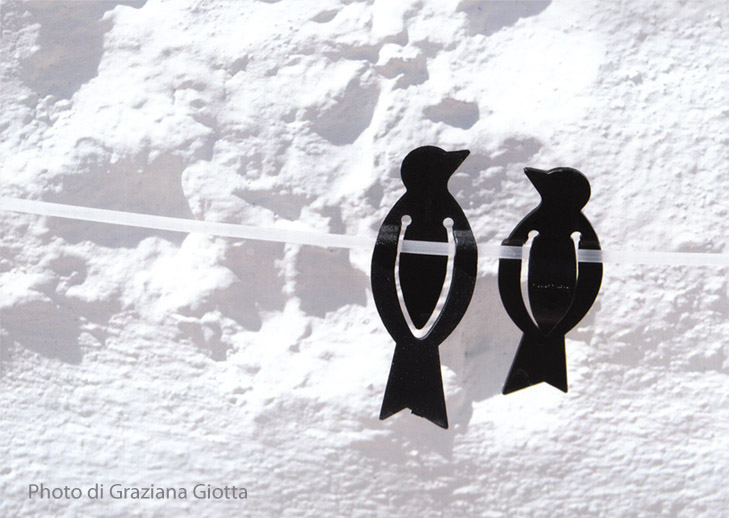
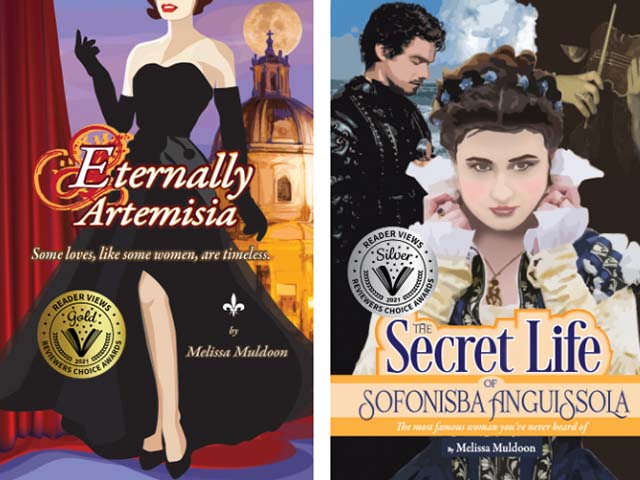








As wonderful as it must have been for Petrarch to find someone that captivated his heart and soul it must also in retrospect be a torture to his mind and personal health. Reminds me of the greek myth Pygmalion and Galatea when he created a statue the goddess saw her own reflection granting him his desire to have a life of his own with her. Obsessions are truly a lack of feeling whole.